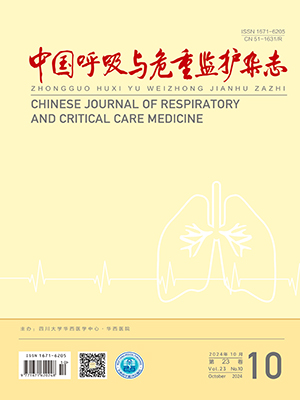| 1. |
中华医学会重症医学分会. 血管内导管相关感染的预防与治疗指南( 2007) . 中国实用外科杂志, 2008, 28: 413 -421.
|
| 2. |
Chin BS, Han SH, Lee HS, et al. Risk factors for recurrent catheterrelated infections after catheter-related bloodstream infections. Intern J Infect Dis, 2010, 14: e16-e21.
|
| 3. |
Deresinski S. Antibiotic therapy of vascular catheter-related bloodstream infections: is vancomycin the optimal choice for Staphylococcus aureus infections? Int J Antimicrob Agents,2009,34: S43-S46.
|
| 4. |
Niedner MF, 2008 National Association of Children′s Hospitals and Related Institutions Pediatric Intensive Care Unit Patient Care FOCUS Group. The harder you look, the more you find: Catheterassociated bloodstream infection surveillance variability. Am J Infect Control, 2010, 38: 585-595 .
|
| 5. |
Ishizuka M, Nagata H, Takagi K, et al. Dressing change reduces the central venous catheter-related bloodstream infection.Hepatogastroenterology, 2011, 58: 1882-1886.
|
| 6. |
Shapey IM, Foster MA,Whitehouse T, et al. Central venous catheterrelated bloodstream infections: improving post-insertion catheter care.J Hosp Infect, 2009, 71: 117-122 .
|
| 7. |
DeLa Cruz RF, Caillouet B, Guerrero SS. Strategic patient education program to prevent catheter-related bloodstream infection. Clin J Oncol Nurs, 2012 , 16 : E12-E17.
|
| 8. |
顾朝凤, 万献尧. 密度感知系统与耐甲氧西林金黄色葡萄球菌感染的治疗. 中国危重病急救医学, 2012, 24 : 501-502 .
|




